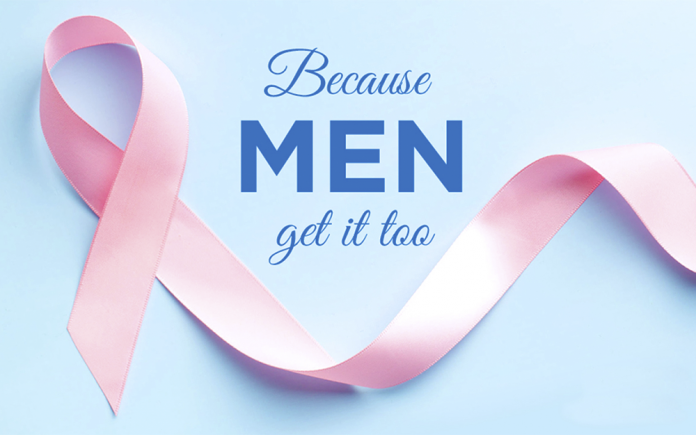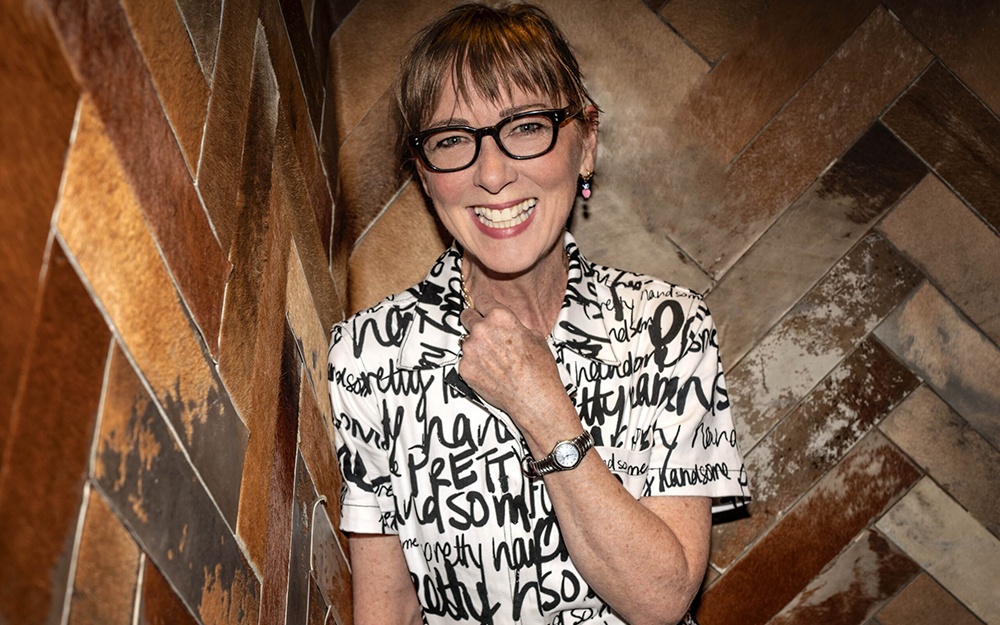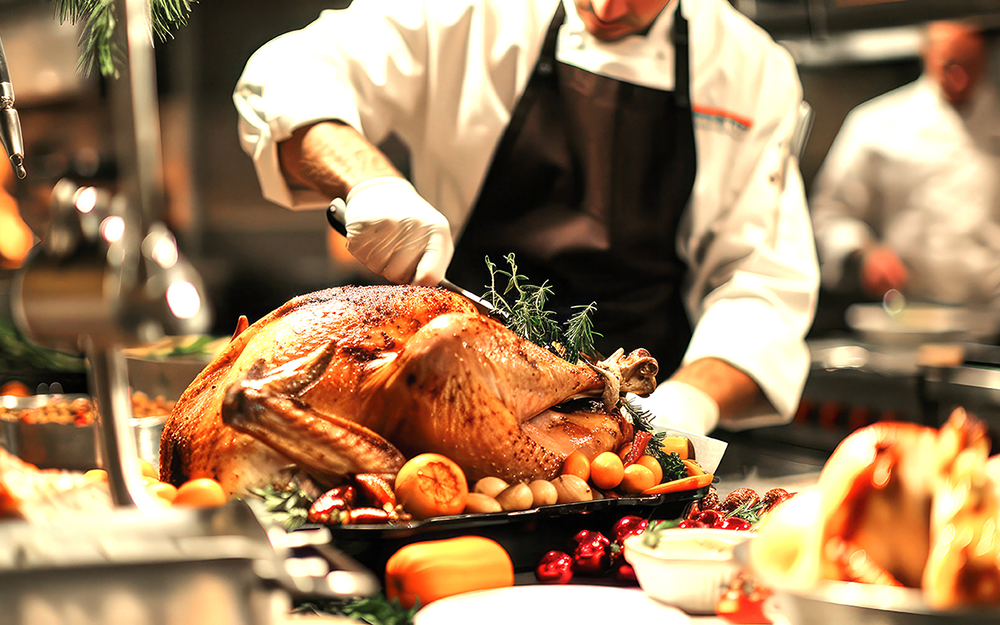
By Fire Chief Sam DiGiovanna
October is Breast Cancer Awareness Month – What men should know because it’s not just a woman’s concern.
During the month of October, you will be seeing firefighters wearing “pink” shirts and some fire stations lit up pink. No, it’s not a uniform change or to look pretty, but to show support and bring awareness about breast cancer to both women and men!
Most of us think breast cancer is a disease that occurs only in women. But the truth is that it is a disease that occurs in men too. Male breast cancer certainly is not a topic around the fire station kitchen table; however, it should be as it creates a danger if it is found at a later stage and then is more difficult to treat.
As men we also are apprehensive about bringing the topic up for the fear of being ridiculed. But let’s not be a “boob” about it, because as we know, many types of cancer are on the rise!
Sharon Giordano, M.D., chair of Health Services Research and associate professor of Breast Medical Oncology at MD Anderson. Dr. Giordano reports that male breast cancer represents 1% of all cases of breast cancer. In the United States, 2,190 new cases of male breast cancer were expected to be diagnosed in 2012, as compared to 229,060 cases in women.
Firefighters – We love our food! But ‘weight’ a minute! Nothing beats those greasy “structure burgers and fries” at the station. Add in some ice cream in the evening and weekend breakfast spreads – but wait a minute! Though exactly what causes male breast cancer is not known, obesity may increase a man’s risk of breast cancer – so everyone watch your weight and what you eat!
The most common symptom of male breast cancer is a painless lump under the nipple. If a man develops a lump under his nipple, he should be evaluated by his doctor immediately. Other symptoms of male breast cancer can include nipple inversion, pain, bleeding, or skin ulceration.
We know women are at a higher risk of breast cancer than men. If male breast cancer is diagnosed after a man or his doctor discovers a breast lump, he should get a mammogram. If findings are suspicious, a doctor will perform a biopsy to confirm the diagnosis.
The treatment is similar for male and female breast cancer patients. One difference is that a class of drugs called aromatase inhibitors are rarely used in male patients. That is because there are a lot of questions about the effectiveness of these drugs in men.
Get better (and smarter) with age! On average, most men are diagnosed at an older age and at a more advanced stage of the disease than women. However, when comparing patients of the same age and the same stage, the survival rates are similar. Based on a previous study performed, the 5-year overall survival rate was 63%.
Become more sensitive! Being a sensitive topic for most males, if diagnosed, men should reach out to other male breast cancer survivors. They also should feel encouraged that researchers are banding together as an international community to improve our understanding of this rare disease and to work towards improving patient’s treatment options and quality of life.
Now that we have uncovered this information about men and breast cancer, this is a good time to remind the women we know and love and remind them that it is Breast Cancer Awareness Month, and it is a good time to get their annual breast cancer screening!
Source: Dr. Lucy Richardson https://lnkd.in/g4g3X-Qx.









































